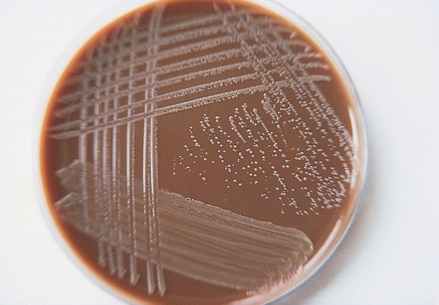Equine Reproduction and Stud Medicine Q&A 14
| This question was provided by Manson Publishing as part of the OVAL Project. See more Equine Reproduction and Stud Medicine questions |
A bacterial isolate cultured from a mare’s cervix. The mare has a profuse vulval discharge a few days after covering. The organism has been grown in pure culture on chocolated agar under microaerophilic conditions.
| Question | Answer | Article | |
| What is the organism? | Taylorella equigenitalis or CEMO.
|
Link to Article | |
| What conditions are required to successfully culture the organism? | The organism is fragile, fastidious and easily destroyed by light. The swabs should be placed in charcoal containing transport medium (Amies), and protected from extremes of temperature. An enriched (chocolated) agar medium is used for culture in a microaerophilic (5–10% carbon dioxide) atmosphere. Two strains of T.equigenitalis are recognised (streptomycin sensitive and streptomycin resistant) and both have been associated with outbreaks of venereal disease. Agar plates containing, and without, streptomycin are innoculated routinely and incubated for a minimum of 4 days.
|
Link to Article | |
| What treatment would you give to the mare? | A course of intrauterine antibiotic irrigation using crystalline penicillin. The organism may be harboured in the smegma in the clitoral fossa and sinuses, so these areas should also be treated by removal of the smegma with surgical scrub and packing the sinuses and fossa with 2% nitrofurazone ointment. Following these treatments, the clitoris and perineum should be recolonised with an actively growing bacterial broth made from commensal microfloral organisms.
|
Link to Article | |
| What other action would you take? | The action to be taken is detailed in national codes of practice for certain countries. Genital swabs should be taken from the stallion and mating halted until demonstrated that he is free from venereal infection. Other mares mated by the same stallion should be monitored and appropriate swabbing of the genital organs performed to identify carrier status.
|
Link to Article | |
